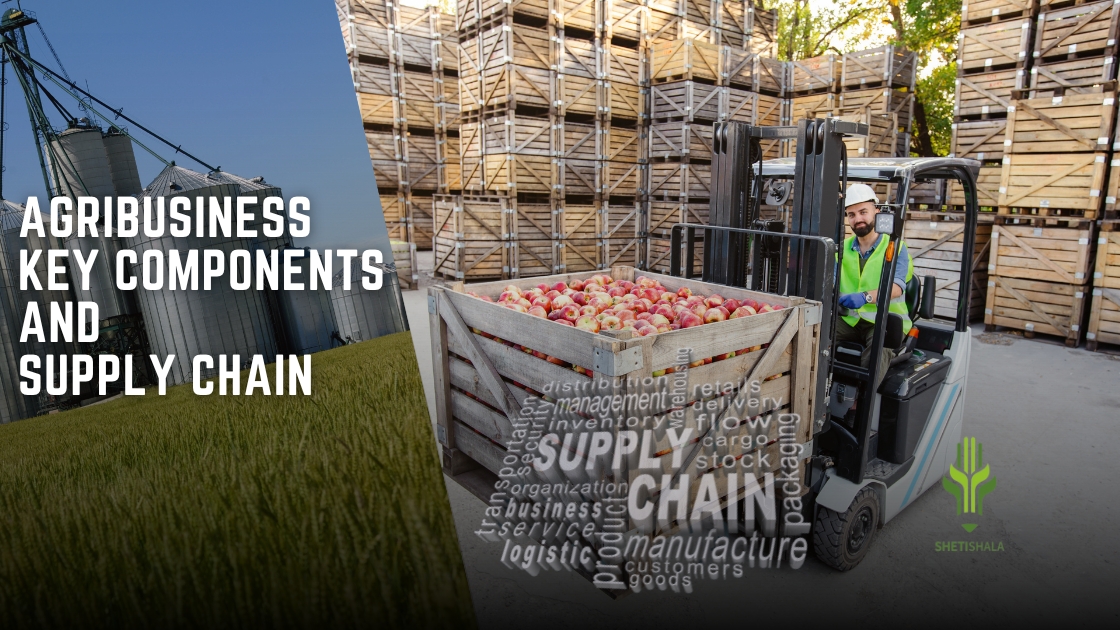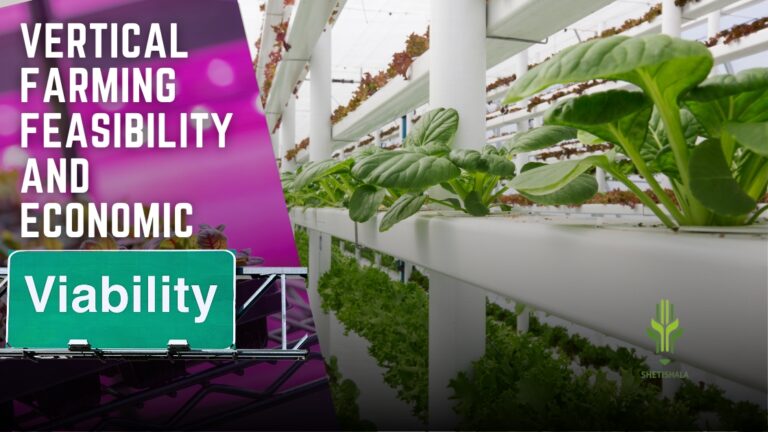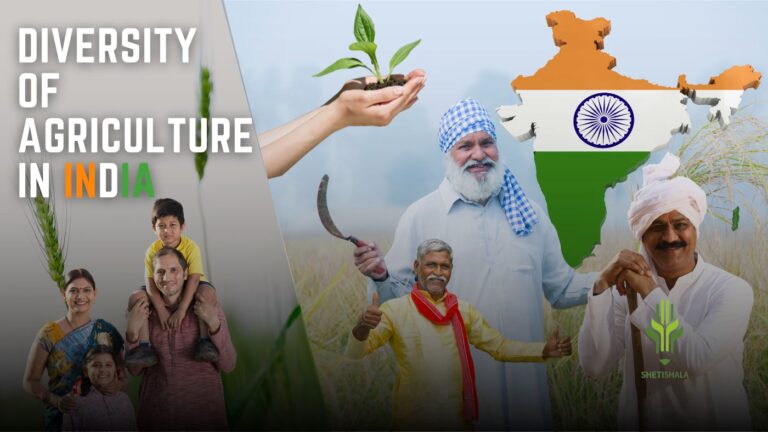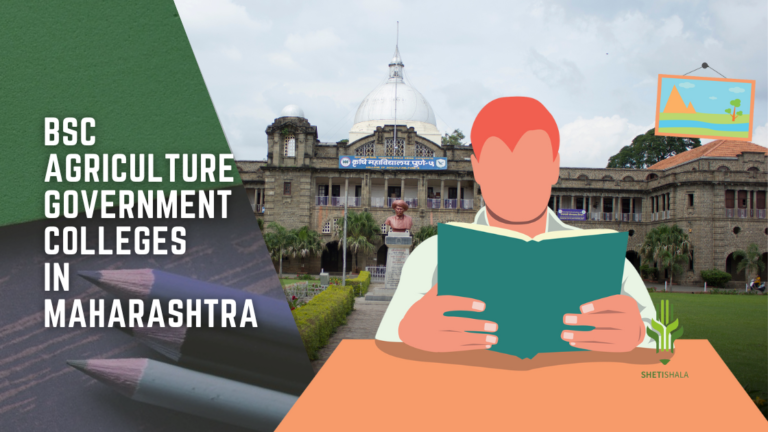Introduction
Agribusiness, a portmanteau of agriculture and business, encompasses all activities involved in the
production, processing, and distribution of agricultural products. It integrates traditional farming with
modern business practices, covering a wide array of sectors including crop production, livestock,
agrochemicals, farm machinery, processing, distribution, marketing, and retail sales.
Agriculture business, or agribusiness, encompasses the various activities involved in the production,
processing, and distribution of agricultural products.

key components
1. Primary Production
Farming:
Cultivating crops (e.g., grains, fruits, vegetables) and raising livestock (e.g., cattle, poultry).
Aquaculture:
Farming aquatic organisms like fish, crustaceans, and plants.
Forestry:
Managing forests for timber and non-timber products.
2. Agricultural Inputs
Seeds and Plants:
Developing and selling seeds, seedlings, and other planting materials.
Fertilizers and Pesticides:
Producing and distributing chemical or organic fertilizers, herbicides,
insecticides, and fungicides.
Machinery and Equipment:
Manufacturing and selling tractors, plows, harvesters, irrigation systems,
and other agricultural machinery.
3. Processing and Manufacturing
Food Processing:
Converting raw agricultural products into consumable food items (e.g., milling wheat
into flour, pasteurizing milk).
Non-Food Processing:
Using agricultural products for non-food purposes (e.g., biofuels, textiles,
cosmetics).
4. Distribution and Marketing
Supply Chain Management:
Handling the logistics of transporting agricultural products from farms to
markets.
Wholesale and Retail:
Selling agricultural products to consumers, either directly (farmers’ markets,
grocery stores) or through intermediaries (distributors, wholesalers).
for more information about markets visit Agricultural-Produce-Market-Committee—Overview
5. Support Services
Finance and Insurance:
Providing financial services (e.g., loans, insurance) tailored to the agricultural
sector.
Research and Development:
Innovating new agricultural techniques, products, and technologies.
Consulting and Advisory:
Offering expertise in farm management, sustainable practices, and market
trends.
6. Regulation and Policy
Government Agencies:
Regulating agricultural practices, ensuring food safety, and supporting
agricultural development.
Trade Associations:
Representing the interests of agricultural producers and businesses.
Key Considerations in Agribusiness
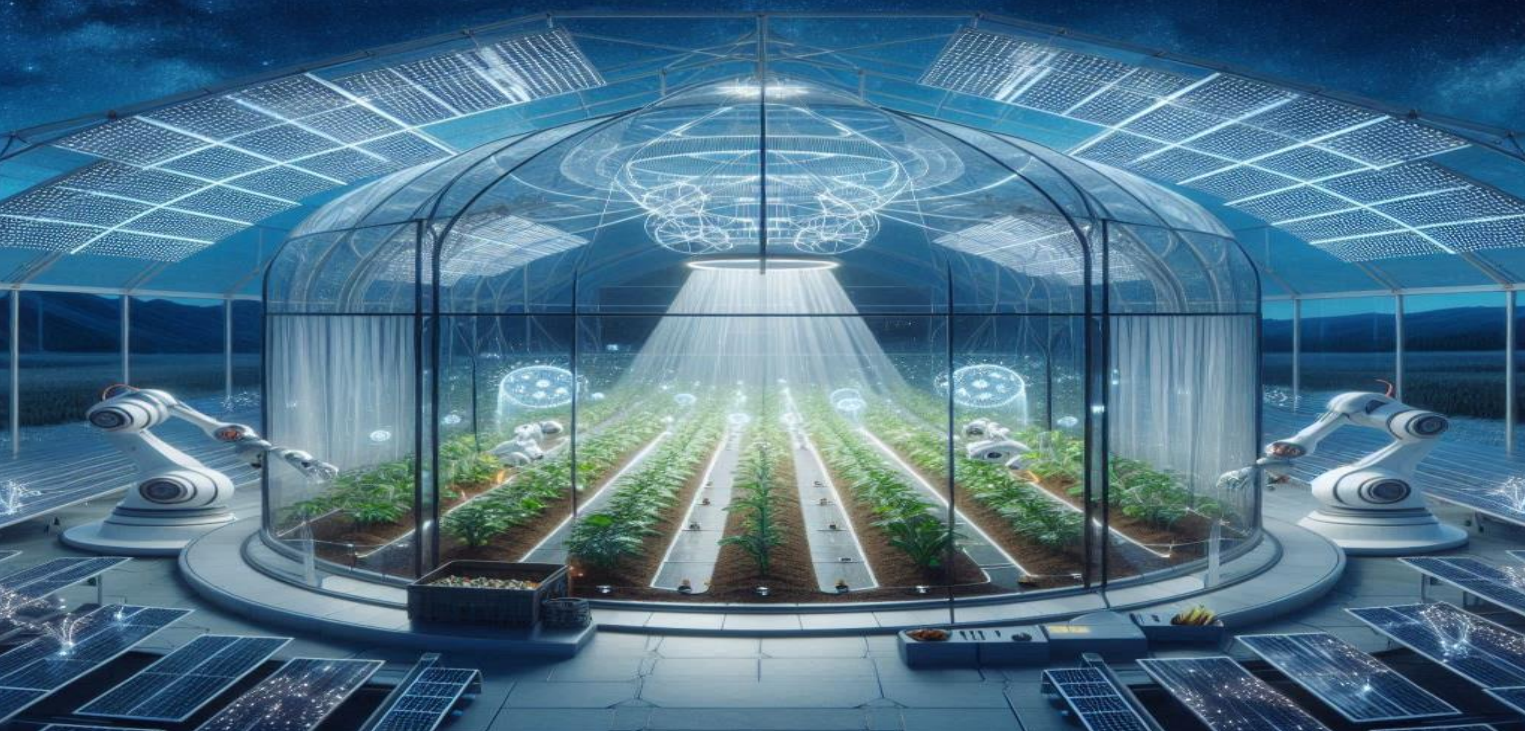
Sustainability :
Balancing productivity with environmental stewardship to ensure long-term viability.
Technology Integration:
Utilizing advancements like precision agriculture, biotechnology, and data
analytics to enhance efficiency.
Market Dynamics:
Understanding consumer trends, global trade policies, and economic factors that
impact agricultural markets.
Risk Management:
Navigating challenges such as climate change, price volatility, and pest outbreaks.
Emerging Trends
Organic Farming:
Increasing demand for organic and locally sourced products.
Agri-Tech Innovations:
Growth in agricultural technologies such as drones, IoT devices, and artificial
intelligence.
Vertical and Urban Farming:
Developing alternative farming methods to address land and resource
constraints. Agribusiness plays a crucial role in the global economy, providing food, raw materials, and
employment for millions of people. Understanding its complexities and dynamics is essential for anyone
involved in or entering the field.
Supply Chain Management
Supply chain management (SCM) in agriculture involves coordinating and optimizing all the steps
required to bring agricultural products from farms to consumers. This process encompasses several key
stages, each with its own set of activities, challenges, and technologies. Here’s a detailed look at each
stage of the agricultural supply chain:

1. Input Supply
Seeds and Planting Materials:
Ensuring high-quality seeds and plants are available to farmers.
Fertilizers and Pesticides:
Supplying the necessary nutrients and protection for crops. Equipment and
Machinery: Providing the tools needed for planting, cultivation, and harvesting.
2. Production
Farming Operations:
Managing planting, growing, and harvesting of crops.
Livestock Management:
Rearing animals for meat, dairy, and other products.
Aquaculture and Forestry:
Cultivating fish and other aquatic species or managing forest resources.
3. Post-Harvest Handling
Harvesting:
Ensuring crops and livestock are collected efficiently and at peak quality.
Sorting and Grading:
Categorizing products based on quality standards.
Storage:
Preserving the quality
of products through appropriate storage solutions like silos, cold storage, and warehouses.
4. Processing and Packaging
Food Processing:
Transforming raw agricultural products into consumable goods (e.g., canning, drying,
milling).
Packaging :
Protecting products during transport and presenting them attractively to consumers.
Quality Control:
Ensuring products meet safety and quality standards.
5. Transportation and Distribution
Logistics:
Planning and managing the movement of goods from farms to processing facilities, and from
processors to markets.
Transportation Modes:
Utilizing trucks, trains, ships, and airplanes to transport goods.
Cold Chain Management:
Maintaining a temperature-controlled supply chain for perishable products.
6. Marketing and Sales
Market Analysis:
Understanding consumer demand, pricing trends, and competition.
Sales Channels:
Selling products through various channels, including wholesalers, retailers, and directto-consumer platforms (e.g., farmers’ markets, online stores).
Branding and Promotion:
Building brand identity and promoting products to attract consumers
7. Retail and Consumer Delivery
Retail Operations:
Managing grocery stores, supermarkets, and other retail outlets.
E-Commerce:
Selling agricultural products online and managing delivery logistics.
Consumer Feedback:
Collecting and analyzing consumer feedback to improve products and services.
Key Components and Technologies in SCM
Inventory Management:
Tools and systems for tracking stock levels, orders, and deliveries.
Enterprise Resource Planning (ERP):
Software to integrate all aspects of the supply chain into a
unified system.
Blockchain:
Ensuring transparency and traceability throughout the supply chain.
Internet of Things (IoT):
Using sensors and connected devices to monitor conditions in real-time.
Data Analytics:
Analyzing data to optimize supply chain operations and predict demand.
Sustainability Practices:
Implementing eco-friendly methods to reduce waste and environmental
impact.
Challenges in Agricultural SCM

Perishability:
Managing the short shelf life of many agricultural products.
Seasonality:
Dealing with fluctuating supply based on growing seasons.
Climate Impact:
Adapting to weather conditions and climate change.
Globalization:
Navigating international trade regulations and market demands.
Food Safety:
Ensuring compliance with health and safety standards to prevent contamination.
Conclusion
Effective supply chain management in agriculture requires a strategic approach, leveraging technology,
and maintaining flexibility to adapt to changing conditions. By optimizing each stage of the supply chain,
agribusinesses can enhance efficiency, reduce costs, and better meet consumer demands

